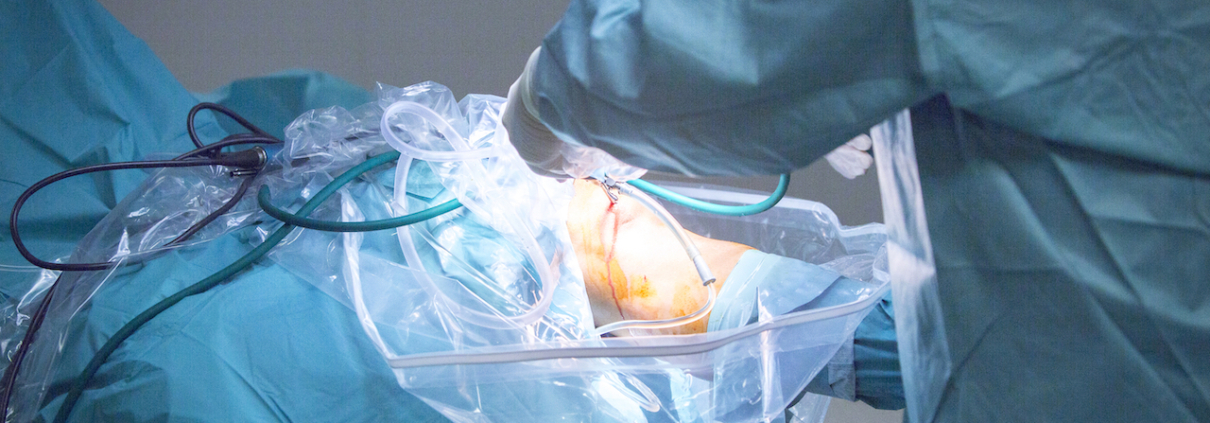How to Perform Knee & Other Arthroscopies More Efficiently
Arthroscopy keyhole surgery procedures are highly effective at removing and repairing damaged tissues in joints. Though the process is most commonly used on the knees, you can also perform arthroscopies on hips, shoulders, wrists, elbows and ankles.
Key Risks Associated With Arthroscopies
As well as removing or repairing damaged sections of tissue, an arthroscopy procedure can involve using a sterile liquid to wash out damaged bits of tissue. Surgeons might also use sterile fluids to fill and expand the joint, to make the procedure easier to view.
This is where many surgeons encounter difficulties. Over the course of the procedure, there can be varying levels of fluids either applied to or discharged from the incision. Any fluid spilled on the operating theatre floor can create a range of problems:
Infection Risk of Knee Arthroscopies
All bodily fluids can be a vector for infection. The longer any discharges from an incision remain in an area, the greater the risk of infection.
Slipping hazard of Arthroscopies
An operating theatre environment contains a vulnerable person (the patient) and lots of sharp objects and expensive equipment. Even a minor slip or fall could prove catastrophic.
Arthroscopy Inefficiency
Fluids on the floor of the operating theatre will need to be cleaned, which could increase the turnaround time between procedures.
How to Perform Knee & Other Arthroscopies More Efficiently
To perform knee and other arthroscopies more effectively, you need to focus on the fluid – which is arguably the biggest contributor to the risks and inefficiencies associated with the procedure. It’s unlikely that you’ll be able to prevent fluid spillage entirely, as fluids are often an integral part of the procedure, while discharges are an inevitable by-product.
So instead, you should focus on capturing and containing fluids to prevent them from causing any further problems.
Managing Fluid in Knee Arthroscopies
We designed our DryMax Sterile Mats to help surgeons stay dry during arthroscopies. These 75 x 37cm mats can absorb up to 6 litres of water or 2.4 litres of saline, making them perfect for procedures like arthroscopies that involve heavy use of irrigation fluid.
Place the DryMax Sterile Mat next to the patient underneath the joint you’re operating on, and it’ll effectively capture the various drips and spills created by the procedure.
Not only will this keep both the patient and the surgeon drier and more comfortable during the arthroscopy procedure, it will also contribute to infection prevention and control while reducing the risk of slips.
Then, after the arthroscopy, you can simply dispose of the mat, which will help reduce turnaround times between operating procedures. So as well as making your procedure cleaner and safer, it can also help make your operating theatre as a whole run smoother and more efficiently.
It’s completely latex-free and you can use it flat, folded or rolled, depending on your needs.
Head here to learn more about how our DryMax Sterile Mats can help you perform knee and other arthroscopies more efficiently.
Want to discuss your theatre’s fluid collection requirements? Call 0333 015 4345 or email info@cairntechnology.com.



